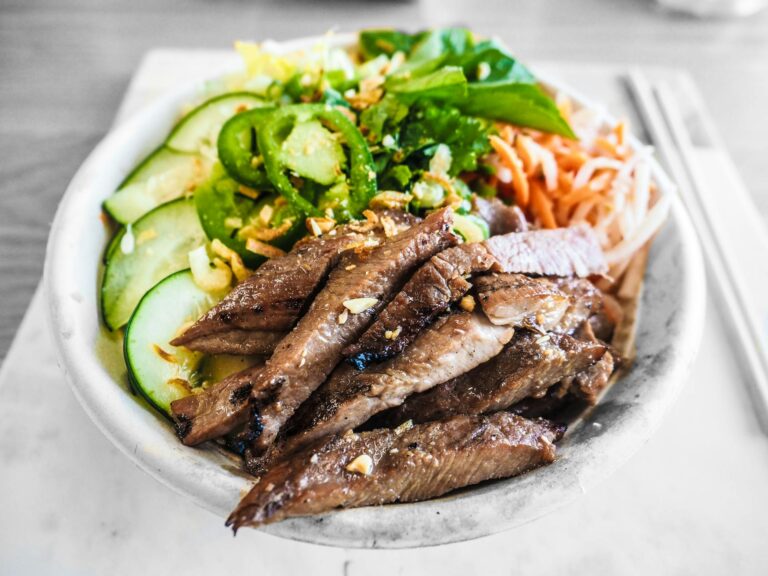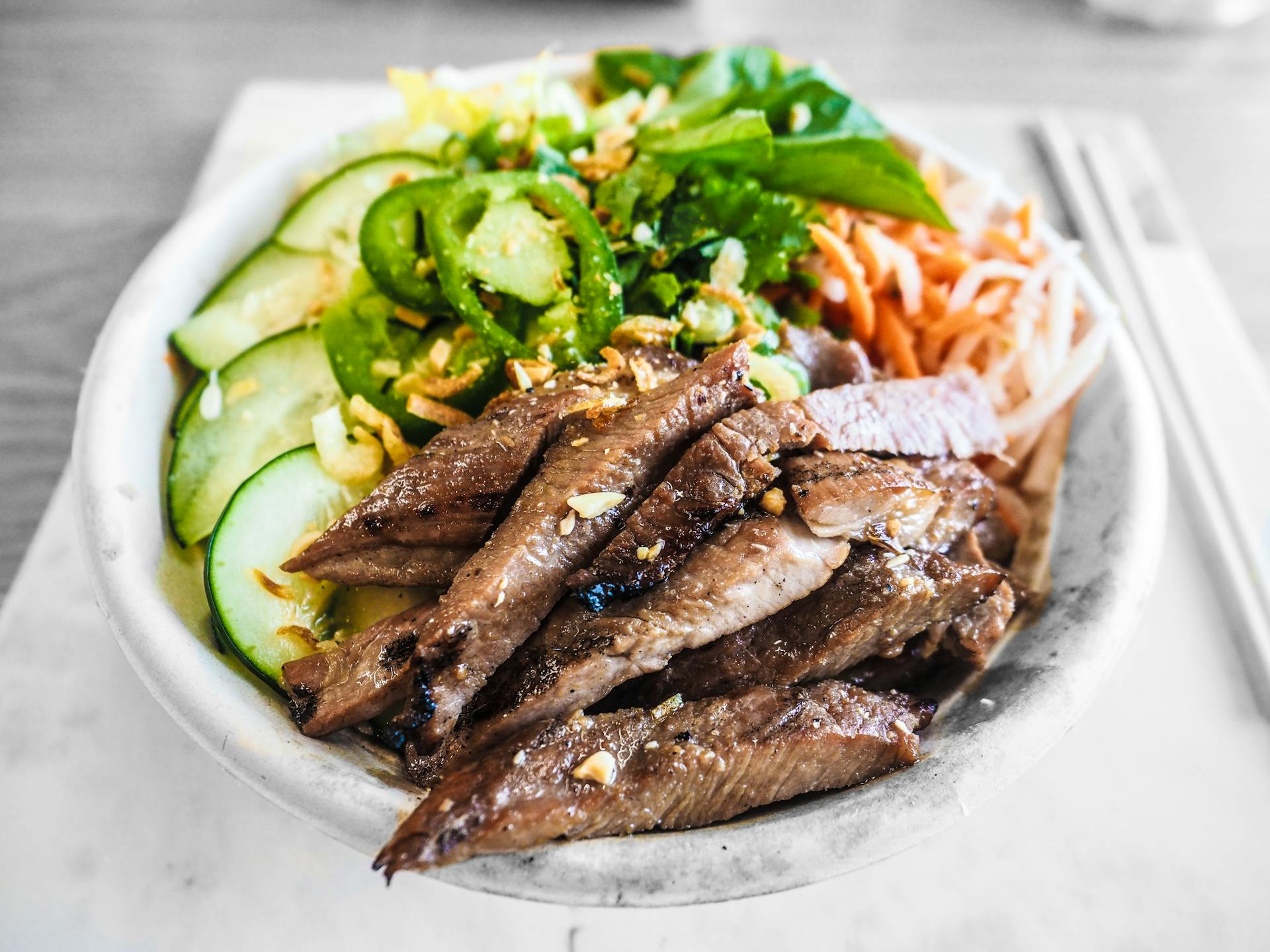When it comes to food and healing, not all diets serve the same purpose. In the world of functional and integrative medicine, understanding the difference between therapeutic diets and lifestyle diets is essential for long-term wellness, especially for those living with chronic illness or inflammation. Here’s what you need to know.
Therapeutic Diets: Targeted Healing Tools
Therapeutic diets are designed as short-term interventions to promote healing, manage symptoms, and address specific health concerns. Think of them like a “prescription”—used strategically, and only for a period of time.

Purpose:
- Remove inflammatory triggers
- Support gut healing and immune balance
- Identify food sensitivities
- Reduce symptoms of chronic conditions
Examples:
- Autoimmune Protocol (AIP): An elimination diet that removes potential immune triggers to help calm autoimmune activity.
- Elimination Diet: A methodical approach to identifying food sensitivities by removing and reintroducing common allergens.
- Low Amylose Diet: A diet that limits certain starchy foods to reduce inflammation and support immune modulation, especially in conditions like mold illness or chronic infections.
- Low FODMAP Diet: A short-term approach to reduce fermentable carbs that contribute to IBS and digestive discomfort.
Duration:
- Typically 4 to 12 weeks
- Always best guided by a healthcare provider
Therapeutic diets can be life-changing for people with autoimmune disease, IBS, fatigue, skin conditions, and more. However, they are not meant to be permanent. Once the root causes are addressed and the body has had time to heal, the goal is to transition to a more sustainable approach.
Lifestyle Diets: Nourishment for the Long Haul
Lifestyle diets, on the other hand, are long-term patterns of eating that support health and prevent disease. These diets are more flexible, nutrient-rich, and designed to be sustainable for everyday life.
Purpose:
- Promote balanced nutrition and variety
- Reduce long-term inflammation
- Support energy, digestion, mood, and immune function
Examples:
- Mediterranean Diet: Emphasizes vegetables, fruits, olive oil, fish, and whole grains—known for its heart and brain health benefits.
- Paleo Diet (whole food-based): Focuses on nutrient-dense foods like vegetables, meats, nuts, and seeds while avoiding processed foods, grains, and dairy.
- Anti-inflammatory Diet: A flexible, plant-forward diet that includes a variety of whole foods known to reduce inflammation and oxidative stress.
- Plant-based or Vegetarian* (whole food-focused): Centers around vegetables, legumes, fruits, and whole grains while minimizing processed foods and emphasizing nutrient density.
Duration:
- Ongoing; meant to evolve with your health goals and preferences
A good lifestyle diet moves you away from the Standard American Diet (SAD), which is often high in sugar, processed foods, and inflammatory fats. Instead, it emphasizes real, nutrient-dense foods like vegetables, fruits, legumes, whole grains, clean proteins, and healthy fats.
Comparison Chart
| Feature | Therapeutic Diets | Lifestyle Diets |
| Primary Goal | Heal, reduce inflammation, identify triggers | Support long-term wellness and disease prevention |
| Duration | Short-term (4–12 weeks) | Long-term, ongoing |
| Structure | Restrictive, highly specific | Flexible, adaptable |
| Use Case | Active illness, flare-ups, or diagnostic tool | Everyday living, maintenance of health |
| Examples | AIP, Elimination, Low FODMAP, Low Amylose | Mediterranean, Paleo, Anti-inflammatory, Plant-based |
| Needs Supervision? | Yes, ideally practitioner-guided | Not required but often helpful |
| Transition Goal | Shift into a sustainable lifestyle approach | Evolve with personal preferences and health goals |
Why the Distinction Matters
Understanding the difference between therapeutic and lifestyle diets helps you apply the right tool at the right time:
- If you’re in a health crisis, a therapeutic diet can bring fast relief and help uncover hidden contributors to inflammation.
- Once you’re stable, a lifestyle diet helps you maintain progress and continue feeling well without feeling restricted.
The transition from therapeutic to lifestyle eating is one of the most powerful phases in a healing journey. It allows you to sustain your results, build resilience, and enjoy food as a lifelong source of nourishment and joy.
Need Help Finding the Right Diet for You?
At Salus Natural Medicine, we guide patients through personalized nutrition strategies that match their unique health needs. Whether you’re dealing with a chronic condition or just want to feel better in your body, we can help you find a path that works.
Visit us at www.salusnatmed.com or contact our office to learn more.
*Note; Although people choose vegetarian or vegan diets as a lifestyle diet, I don’t. I use them as therapeutic when needed or when a person has an allergy to meat. (with the exception of a patient being vegetarian due to religious reasons). I don’t recommend diets that long term lead to nutrient imbalances and deficiencies, which then end up causing illness instead of health.



